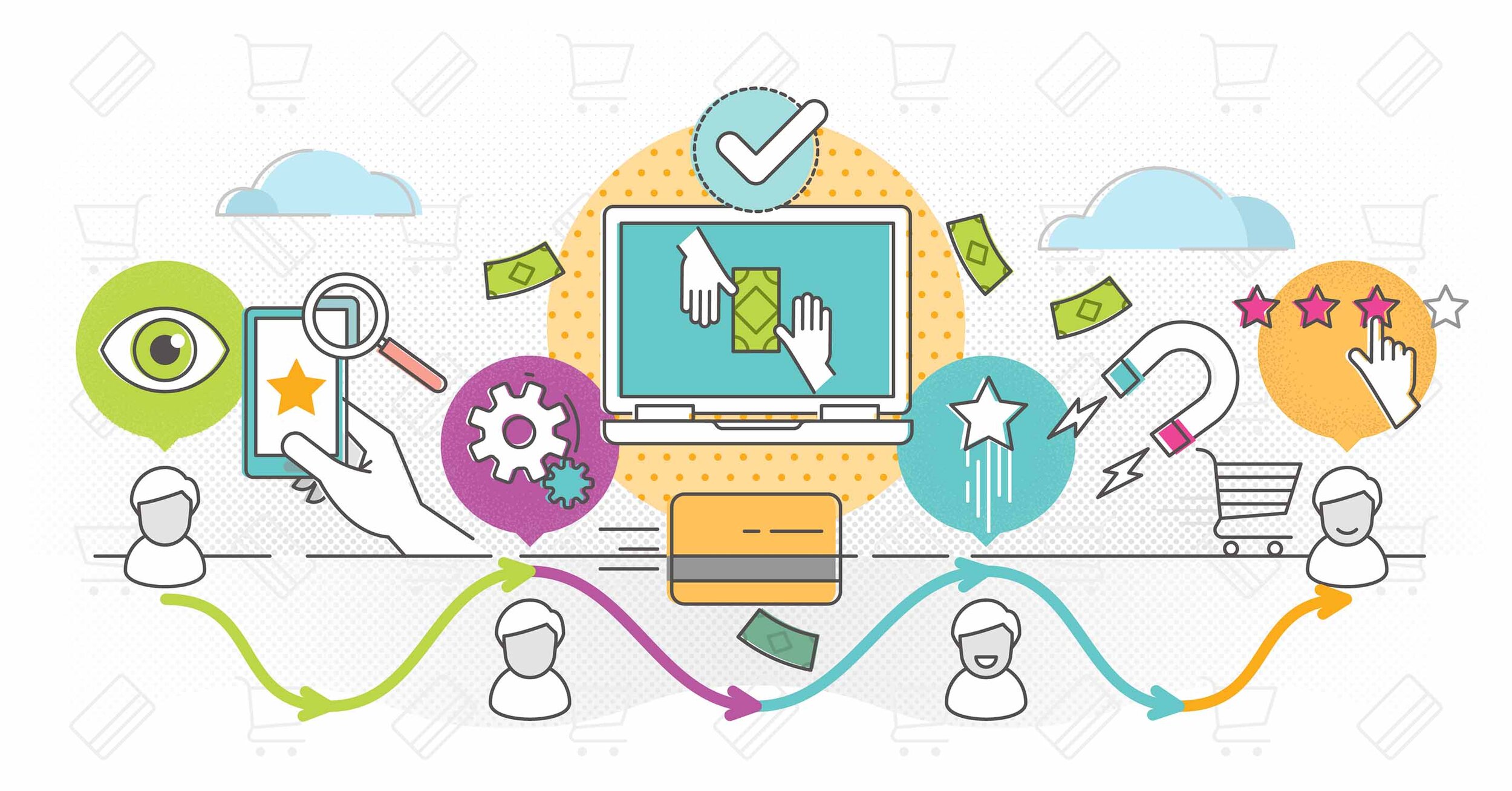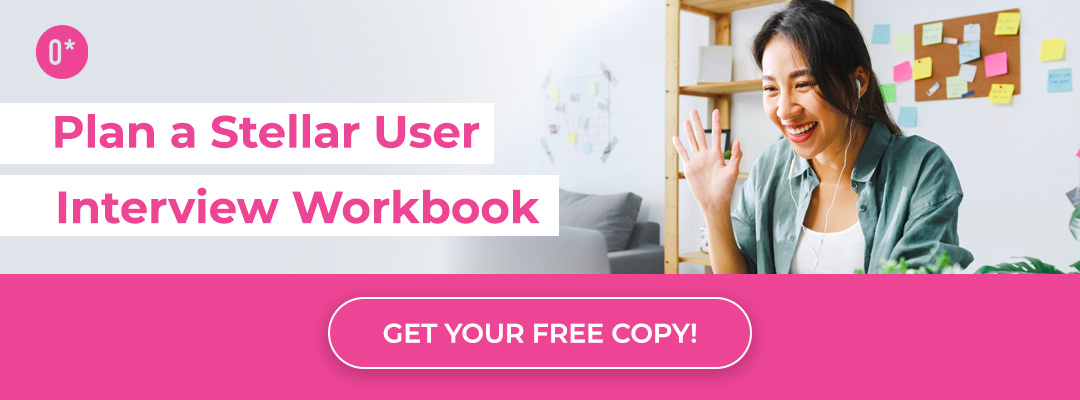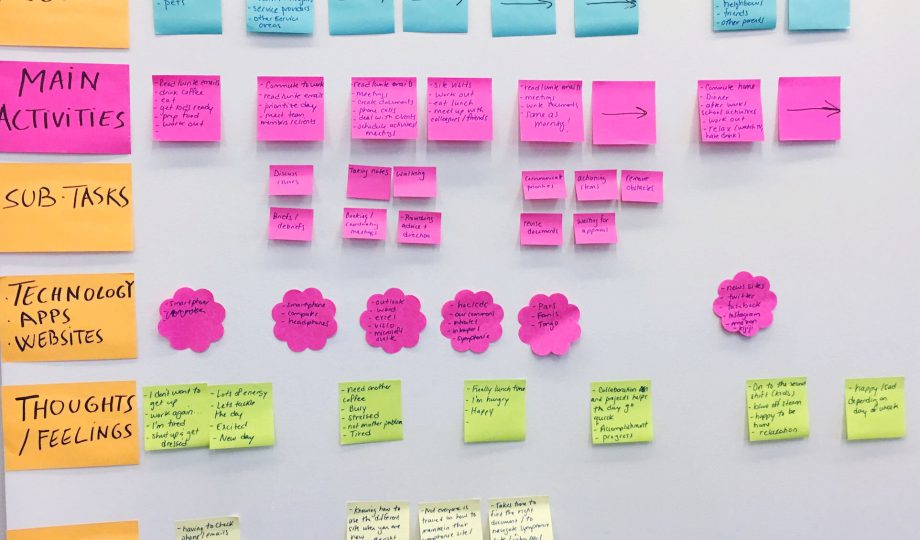Software-as-a-Service (SaaS) based tech companies are expanding at an incredible speed. With so many businesses moving their services, products, and employees entirely online due the COVID-19 pandemic, SaaS adoption has grown exponentially in the last 12 months. According to a 2020 report by Blissfully, the overall spend per company on SaaS products has increased 50%, and the average mid-market business uses an average of 137 apps (while larger enterprises use an average of 288 apps!). Tech giants like Shopify and Slack are watching their stocks shoot through the roof, and new SaaS products are hitting the market every day.
At the same time, SaaS-based companies are now being forced to find new and exciting ways to distinguish their products and features on a highly competitive market. Attractive free trials are one central way they do this. We’ve all joined free trials before––and quickly unsubscribed or deleted the app shortly afterwards, either because the trial did not meet our expectations, was hard to use, or because we simply did not want to pay for a full version. And today, with the market so saturated, SaaS companies are finding it more difficult than ever to convert their free trial users into paying subscribers and license holders.
This is where focusing on user and customer experience becomes crucial. PricewaterhouseCoopers reports in their The Future of CX study that 73% of people point to customer experience as an important factor in their purchasing decisions. That’s nearly three-quarters of all users. Exploring and improving usability and the customer experience for trial users is the key to developing the best possible trial experience, which will lead to higher conversion rates and happy, long-term customers.
Common Free Trial Challenges
What is it about the free trial experience that stops users from converting to paying subscribers or licence holders? We’ve identified some of the main challenges to look out for:
1. Highly transactional
When there is a lot of competition and the product space is reasonably priced, you can end up with a high volume of low dollar-value accounts who bounce around between platforms, abandoning and switching to the competition without much consideration. This is challenging for SAAS companies who don’t have a lot of time to “win” the customer––and one wrong move or hard-to-use feature sees users quickly jumping ship.
2. High abandonment rates (and subsequently low conversion rates)
If you have a lot of sign-ups to your free trial, but poor conversion rates to the paid license, you’re probably doing a great job with marketing and advertising. Yet, the product might be failing in more ways than one.
-
-
Misleading the user. If free trial users are complaining that the trial “isn’t what they signed up for”, this could be a cause for high abandonment rates. One way to address this––and to find out where people are abandoning/dropping off––is through analytics. But this still won’t really show you WHAT features people are needing or wanting, and that’s where UX research can help.
-
Too much spam. Sending occasional reminders and product updates to trial users is one thing––bombarding them with marketing emails, social media ads, and other “pushy” conversion strategies can turn a potential customer off completely.
-
Poor user experience. This is SUPER CRITICAL! Customer expectations for the digital tools they use are higher than ever. User experience and usability need to be top notch. If your product is hard to use and you don’t have strong customer loyalty, users will abandon the free trial for the next best thing.
-
3. High volume of customer support calls
Ideally, users will not require a lot of customer support during their free trial (or ever!). If a trial or membership is inexpensive in the first place, then multiple customer service calls and touchpoints will just cost the company more money. Free trials should be as low-touch as possible, involving little-to-no human intervention, and ease-of-use is key to making that happen.
All of these challenges indicate that there are definitely unmet customer needs that companies can be tapping into to make improvements, develop new features, and uncover new opportunities––instead of driving their free trial customers into the arms of the competition. Customer journey mapping, for example, is a great human-centered design and UX research tool that can help teams identify where the trial experience is falling apart, why abandonment rates continue to climb, and how to change that!
How can customer journey mapping help?
If your company struggles with any of the challenges listed above, it’s time to seriously consider conducting user research with real customers, and building out a detailed current state Customer Journey Map for your free trial experience.
Customer journey mapping and UX research will enable you to:
-
Interact with users in real-time, as they use the trial product, to “see” what’s going wrong
-
Understand users’ expectations and reasons for joining the free trial in the first place (which also can help with marketing copy and ensuring you have the right features)
-
Identify usability issues and provide recommendations for how to improve them
-
Uncover main challenges and experience breakdowns, and identify where things are really going wrong and what users are struggling with
-
Clearly identify when and why users are abandoning the trial
-
Understand which factors actually do lead to conversions
-
Find opportunities for innovation and improvement that will surprise and delight your customers!
Fixing these issues will ultimately save you money (and reduce costly customer support calls/emails and human intervention), increase customer satisfaction––because your product will be so easy to use and have all the features they truly need, and increase conversion rates to paid licenses.
What does a “Free Trial Customer Journey Map” project look like?
Okay, so you’re interested in improving your trial experience… but you’ve never done this type of discovery research with your users and customers before, and you’re wondering what this type of project actually looks like.
The beauty of a Customer Journey Map free trial research study is that the scope is pre-defined (given how long your trial experience is–usually 7 to 30 days) and the goals are relatively clear, as well. For example, your goals might include:
-
Understanding why users are abandoning your trial or converting
-
Identifying unmet needs and major pain points
-
Revealing hidden opportunities for feature and product developments/improvements that will delight your customers and users
-
Reducing the volume of customer support calls and emails
The work itself can usually be completed within a 10 to 16-week timeframe, depending on the specifics of your free trial and your needs and goals.
View this post on Instagram
Click through for a sample customer journey map…
Typical project activities normally include:
-
Stakeholder interviews with key members from your team, such as the VP Products and VP Marketing, to make sure everyone is aligned with a shared vision and goals for what you want to achieve through this customer journey mapping project.
-
Observations or a Diary Study (these days, we recommend digital diary studies). Using a tool like dscout, you can easily conduct a virtual diary study with your users. This involves asking them to complete mobile missions, record daily videos and photos of their interactions with your free trial, and answer some basic questions.
-
User Interviews. Diary studies are normally book-ended by in-depth customer interviews. The first in-depth interview will help you understand the user’s perceptions of your brand, what they are expecting from the free trial, which features they need, their reasons for accessing the trial, and an explanation of how the diary study will work. The second interview (conducted after the diary study ends) will help you clarify or answer any questions that came up during the study, and understand what the user’s biggest challenges were, what their ideal experience would look like, and the user’s overall level of satisfaction.
-
Survey. While the interviews and diary study would be conducted with a smaller sample of users and customers, surveys can allow you to reach a wider audience and access data that is more statistically relevant. We recommend launching a survey after you’ve gleaned some insights from the interviews and diary study. This way, the insights can be used to inform the questions you’ll ask in the survey.
-
Participatory Design Workshop (held remotely). Though this is not a necessary activity, a workshop of this kind can add a lot of value to the project, and can be especially useful for validating findings and brainstorming new feature opportunities with the people who actually use your products.
-
Data Analytics Review. Ultimately, a combination of qualitative and quantitative data will provide the most robust insights and findings. You’ll want to do deep-dive into data analytics, looking at drop-offs, time on page, page clicks, page sequences, and engagement, using tools like Google Analytics or Pendo.io.
A few things to keep in mind with this type of human-centered research project:
-
This type of research can have high attrition rates. Because the length of the research study is relatively long, you will see some participants drop-off during the research activities. Expect at least a 30% attrition rate––not all participants will continue for the full length of the study.
-
You will need incentives to get customers involved. A diary study involves almost daily touchpoints with participants, so your incentives for this type of research will need to be higher to reflect the level of work you are asking participants to put in. Factor in incentives as part of your project budget. Also, micro-incentivising is likely going to be the best way to reduce attrition rates. This means giving participants a set dollar amount following the first interview, then maybe $5 for every day or every task they complete as part of the diary study, and then an additional dollar amount if they stick around for the whole study).
Measuring Success
Once all is said and done, and you’ve started to take action to design and implement recommended changes to your user experience, don’t forget to occasionally check-in to see how you’re doing. Continuous improvement is key to long-term success in a highly competitive market. Here are some markers to get you started:
-
If the UX has truly improved, the volume of customer support calls should drop.
-
Check your conversion or abandonment rates: has the number of paid licenses increased?
-
Review the data analytics again: what’s changed?
-
Send out another survey to gather feedback on the changes you’ve implemented, and check if overall satisfaction levels have increased since the previous survey (Tip: Use a few of the exact same questions from your first survey, phrased the same way, to measure the difference).
To come out on top in this highly competitive digital marketplace, UX research and customer journey mapping can really help companies to reach their conversion goals, improve customer satisfaction, and turn those highly transactional customers into loyal fans!
Resources we like….
-
dscout for digital diary studies and mobile missions
-
Pendo and Google Analytics for diving into data analytics





